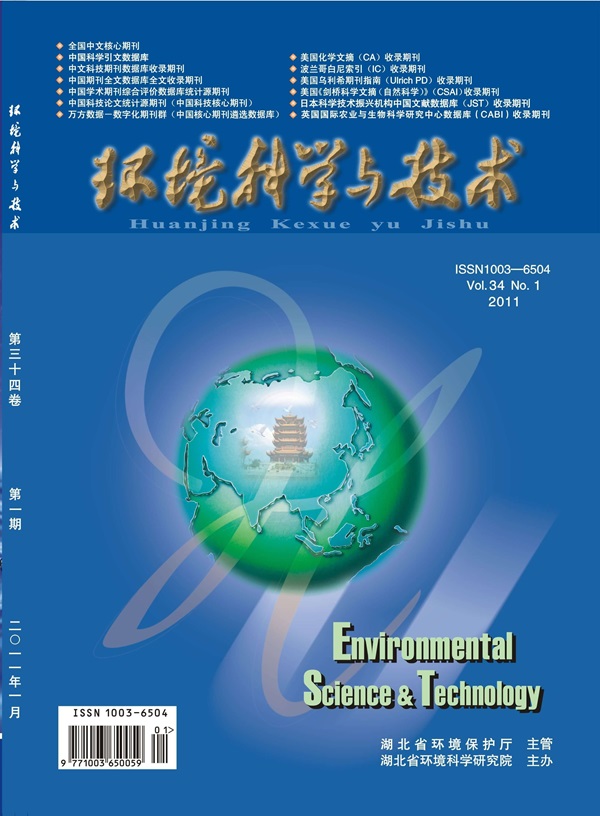Viscosity and Phase State of Wildfire Smoke Particles in the Stratosphere from Pyrocumulonimbus Events: An Initial Assessment
IF 10.8
1区 环境科学与生态学
Q1 ENGINEERING, ENVIRONMENTAL
引用次数: 0
Abstract
Understanding the viscosity and phase state of biomass-burning organic aerosol (BBOA) from wildfires and pyrocumulonimbus (pyroCb) events in the stratosphere is critical for predicting their role in stratospheric multiphase chemistry and ozone depletion. However, the viscosity and phase state of BBOA under stratospheric conditions, including interactions with sulfuric acid (H2SO4), remain largely unquantified. In this study, we combine laboratory data with a thermodynamic model to predict the viscosity and phase state of BBOA under stratospheric conditions. Our results suggest that BBOA with a H2SO4-to-BBOA mass ratio of 0.37─an estimated upper limit for pyroCb smoke in the lower stratosphere after two months of aging─is highly viscous and frequently exists in a glassy state. Even at a higher H2SO4-to-BBOA mass ratio of 0.79─an estimated upper limit after nine months of aging─BBOA can still transition to a glassy state under certain stratospheric conditions. In the glassy state, bulk reactions are suppressed, and multiphase chemistry may be limited to the particle surfaces. We also highlight key areas for future research needed to better constrain the viscosity and phase state of BBOA in the stratosphere and its subsequent impact on ozone.

求助全文
约1分钟内获得全文
求助全文
来源期刊

环境科学与技术
环境科学-工程:环境
CiteScore
17.50
自引率
9.60%
发文量
12359
审稿时长
2.8 months
期刊介绍:
Environmental Science & Technology (ES&T) is a co-sponsored academic and technical magazine by the Hubei Provincial Environmental Protection Bureau and the Hubei Provincial Academy of Environmental Sciences.
Environmental Science & Technology (ES&T) holds the status of Chinese core journals, scientific papers source journals of China, Chinese Science Citation Database source journals, and Chinese Academic Journal Comprehensive Evaluation Database source journals. This publication focuses on the academic field of environmental protection, featuring articles related to environmental protection and technical advancements.
 求助内容:
求助内容: 应助结果提醒方式:
应助结果提醒方式:


